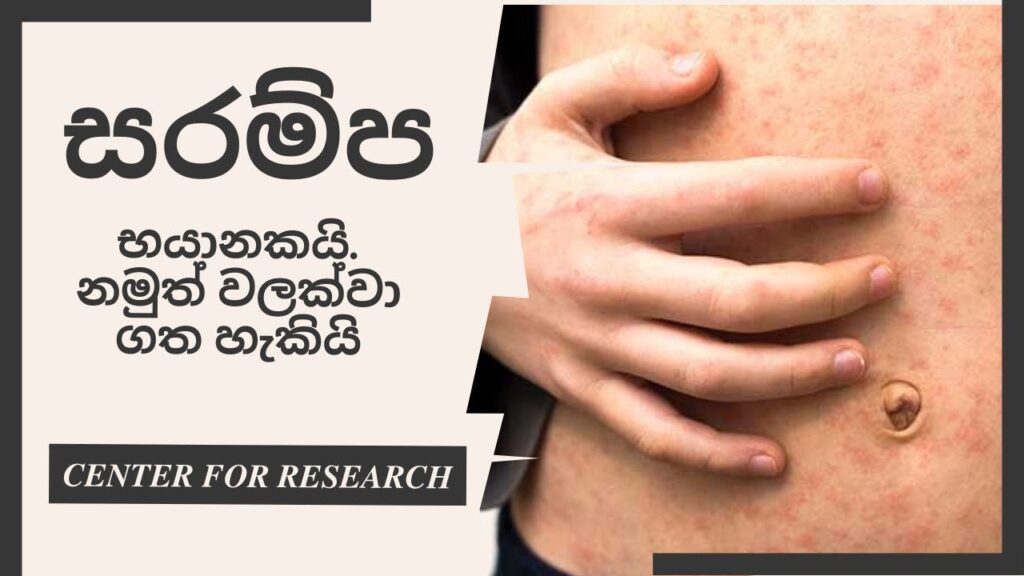Citation: Joshi, N. P., Shrestha, A., Bhagat, T., Agrawal, S. K., & Chhetri, R. (2024). The Oral Health Condition of Patients on Hemodialysis at a Tertiary Healthcare Facility in Eastern Nepal. International Journal of Dentistry, 2024.
Introduction
The authors provide a good background on chronic kidney disease (CKD), its increasing prevalence globally, and the need for HD in end-stage renal disease. They highlight the limited research on the oral health implications of CKD, especially conflicting evidence regarding caries experience and periodontal status in these patients. Assessing oral health in CKD patients undergoing HD is an important area that merits further investigation.
The main aim of this study was to identify compare the oral health condition of chronic kidney disease (CKD) patients on HD with healthy individuals by assessing caries experience and periodontal status, as well as evaluating the effect of dialysis duration on oral health. The comparative cross-sectional study, conducted at a tertiary healthcare facility in eastern Nepal, involved 54 CKD patients undergoing HD as cases and 54 age- and gender-matched healthy controls. Standardized indices were used to assess caries (DMFT/DMFS) and periodontal status (probing depth and clinical attachment loss). It found significantly higher prevalence of periodontitis among CKD cases, with 44.4% having moderate and 24.1% having severe periodontitis, compared to only 25.9% and 3.7% among controls respectively. However, the median decayed teeth were lower at 0 vs 1 and filled teeth at 0 vs 0 among cases vs controls. The overall median DMFT score was also lower at 3 vs 3 among cases (p=0.013). Though caries experience did not correlate with dialysis duration (median 23.5 months), increasing severity of periodontitis was associated with longer mean dialysis duration (17.5 months for no periodontitis to 32.15 months for severe periodontitis). Moreover, 55.5% cases self-reported oral problems like dry mouth (22.2%), tooth sensitivity (13%), oral ulcers (9%) compared to 44.5% controls. Alarmingly, 72.2% cases had never visited a dentist before, 22.2% brushed infrequently, and only 3.7% used dental floss, highlighting poor oral hygiene practices.
Critique
The study design of a comparative cross-sectional study between CKD cases and healthy controls is appropriate to assess differences in oral health parameters. The authors have clearly defined their inclusion/exclusion criteria and matching factors like age and gender between groups. Standard WHO criteria were used for dental caries assessment (DMFT/DMFS) and CDC/AAP case definitions employed for periodontal examination, both of which are robust measures. However, the use of non-random purposive sampling may limit the generalizability of findings.
The results are clearly presented with adequate statistical analysis. Tabulated data aids in understanding the differences between CKD cases and healthy controls across various parameters assessed, including socio-demographics, oral hygiene practices, and crucially – dental caries experience and periodontal status which are the main outcomes evaluated. The finding of significantly higher prevalence and severity of periodontitis among CKD cases corroborates with some previous studies, and biological reasons like uremia and altered calcium homeostasis in CKD are provided. Interestingly, CKD cases had lower caries experience compared to controls, and the authors relate this to beneficial effects of elevated salivary urea levels.
The limitations like single-centre data, cross-sectional design limiting causal inferences, and dissimilarities in potential confounders between groups are adequately highlighted. Overall, the oral health challenges faced by CKD patients on dialysis are emphasized.
Conclusion
In summary, this is a well-conducted and reported study addressing an important research question. It adds valuable insights into the oral health disparities suffered by CKD patients on HD. A few methodological limitations are outweighed by the strengths of robust outcome measures and relevant analyses exploring key associations. The findings can inform healthcare providers in optimizing oral health for this medically compromised group.
![]()



